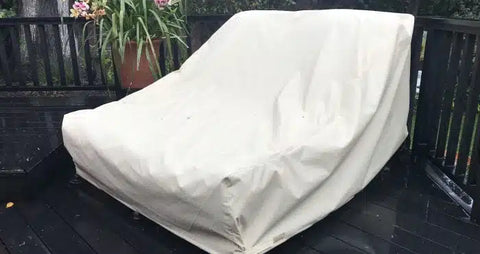Tsunamis are among the most destructive natural disasters, capable of flooding homes, destroying furniture, and washing away entire communities. While nothing can make a home completely tsunami-proof, there are important steps you can take to minimize damage and protect your belongings if you live in a tsunami-prone area.
1. Know Your Risk and Plan Ahead
Before anything else, know whether your home is in a tsunami hazard zone. Check local emergency maps or contact your city or coastal management office. If you are in a risk area:
-
Create a tsunami evacuation plan for your family.
-
Keep a go-bag with essentials like documents, cash, medications, and first aid.
-
Take photos of your home and valuables for insurance documentation.
2. Elevate and Anchor Furniture
Since tsunamis bring powerful floodwaters, elevating and securing furniture can reduce loss:
-
Elevate heavy furniture such as couches, beds, and cabinets on raised platforms or concrete blocks.
-
Use furniture anchors or brackets to attach bookshelves and appliances to walls.
-
Store electronics and important items on higher shelves or in upper floors if available.
3. Choose Water-Resistant Materials
In tsunami zones, choose furniture that’s more resilient to water:
-
Use furniture made of metal, resin, or treated wood—these resist water damage better than untreated wood or upholstered pieces.
-
Avoid placing valuable rugs or upholstered furniture on the ground floor.
-
Protect wood furniture with waterproof coatings or sealants.
4. Secure Utilities and Prevent Fires
Floods caused by tsunamis can break gas lines and short-circuit wiring:
-
Install backflow valves to prevent sewage from backing up into your home.
-
Turn off gas, electricity, and water before evacuating if possible.
-
Raise electrical outlets and fuse boxes above potential flood levels.
5. Use Waterproof Storage
Store valuable documents, photos, and small electronics in:
-
Waterproof, airtight containers
-
High-mounted cabinets or shelves
-
Fire- and water-resistant safes
6. Protect the Home Structure
While retrofitting a house for a tsunami is expensive, some improvements help:
-
Build or renovate using flood-resistant materials for walls and floors.
-
Add vents or openings in the foundation to let water flow through and reduce pressure.
-
Consider elevating the entire structure, especially in low-lying coastal areas.
7. After the Tsunami: Salvage and Clean Quickly
If your home is affected:
-
Do not return until authorities declare it safe.
-
Take photos of damage for insurance claims.
-
Remove wet furniture and carpets quickly to prevent mold.
-
Disinfect surfaces with bleach-based cleaners.
Final Tip: Insurance Matters
Make sure your home insurance includes tsunami or flood coverage. Regular homeowner's insurance typically does not cover damage from tsunamis or flooding.




Commentaires (0)
Il n'y a pas de commentaires pour cet article. Soyez le premier à laisser un message !